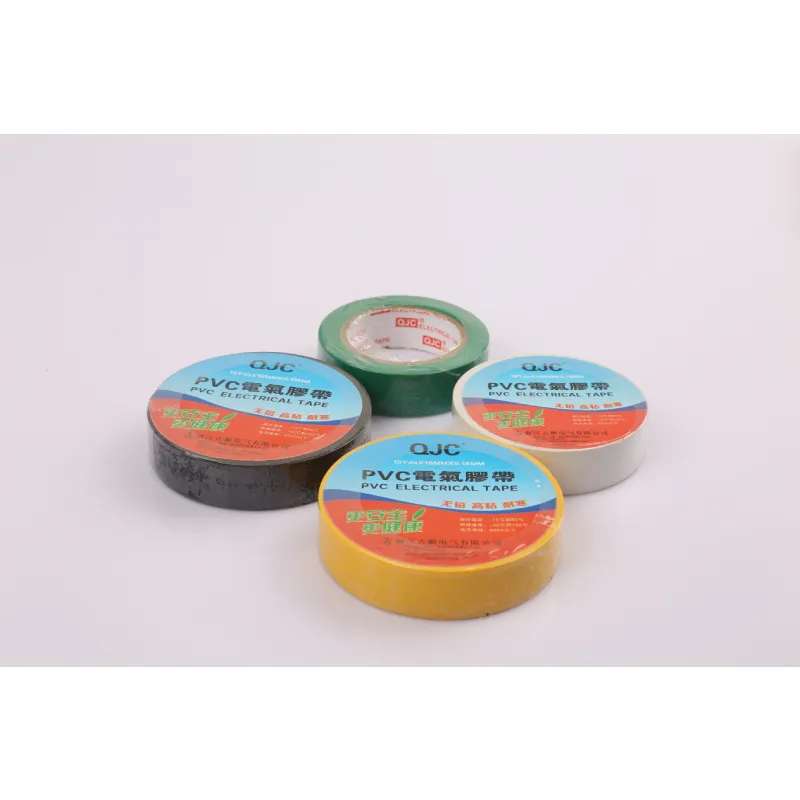Understanding Butyl Rubber Flashing A Comprehensive Overview
Butyl rubber flashing is a specialized material used extensively in construction and roofing applications due to its excellent durability and flexibility. Composed of a synthetic rubber polymer, butyl rubber is renowned for its superior impermeability and resistance to environmental factors, making it an ideal choice for various sealing and waterproofing projects.
One of the most prominent applications of butyl rubber flashing is in roofing systems, where it serves as a vital barrier against water intrusion. This material acts as a protective shield, preventing moisture from penetrating through seams, joints, and transitions in roofing materials. Whether used on flat roofs, sloped roofs, or around flashing details, butyl rubber offers exceptional adhesion and long-lasting performance that outperforms traditional materials.
The unique properties of butyl rubber contribute to its effectiveness in sealing applications. Its ability to maintain flexibility over a wide range of temperatures allows it to expand and contract with the building structure, preventing cracking or damage. Additionally, butyl rubber is resistant to chemicals, UV radiation, and ozone, which can degrade other sealing materials over time. These qualities ensure that butyl rubber flashing remains intact and functional for many years, reducing the need for frequent repairs or replacements.
butyl rubber flashing

Installation of butyl rubber flashing is straightforward, making it a favored choice among contractors. The material typically comes in rolls, allowing for easy handling and application. It can be adhered directly to various surfaces, including metal, concrete, and wood, using compatible adhesives. The seamless nature of the flashing reduces the risk of leaks, ensuring a reliable waterproof barrier. However, it is essential to follow manufacturer guidelines for surface preparation and application methods to achieve optimal results.
In addition to roofing applications, butyl rubber flashing is also used in other construction areas, such as window and door installations. Properly installed flashing can help to direct water away from vulnerable areas, preventing moisture buildup and potential structural damage. It is also commonly employed in HVAC systems and ductwork to create airtight seals, enhancing overall energy efficiency.
Sustainability is becoming an increasingly important consideration in construction materials. Butyl rubber is favored for its longevity and performance, contributing to more sustainable building practices. Although it is a synthetic polymer, its durability means that structures require fewer resources over time for maintenance and repair.
In conclusion, butyl rubber flashing is a highly effective and versatile material widely used in construction, particularly in roofing and waterproofing applications. Its superior qualities, such as flexibility, durability, and resistance to environmental challenges, make it an essential component in achieving long-lasting and reliable seals. As builders and homeowners alike seek sustainable solutions that deliver performance, butyl rubber flashing remains a top choice in modern construction practices. Proper installation and adherence to guidelines will ensure that this robust material serves its intended purpose effectively, safeguarding buildings against the elements.
-
XIANGFAN Rubber Tape-Ultimate Solutions for All Your Insulation NeedsNewsJun.24,2025
-
XIANGFAN Rubber Tape-Protection for Industrial and Residential ApplicationsNewsJun.24,2025
-
XIANGFAN Rubber Tape: Superior Safety and Sealing for Demanding EnvironmentsNewsJun.24,2025
-
XIANGFAN Rubber Tape: Reliable Solutions for Every Electrical ChallengeNewsJun.24,2025
-
XIANGFAN Electrical & Industrial Tape: Powering Reliability Across IndustriesNewsJun.24,2025
-
XIANGFAN Electrical & Industrial Tape: Excellence in Every ApplicationNewsJun.24,2025
